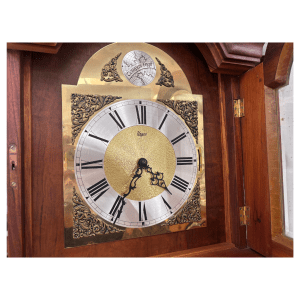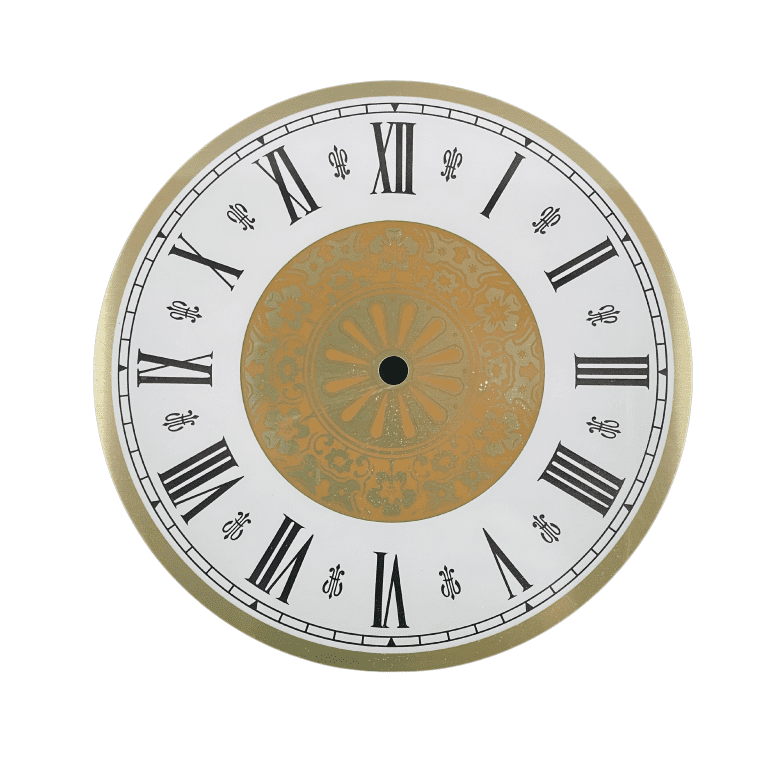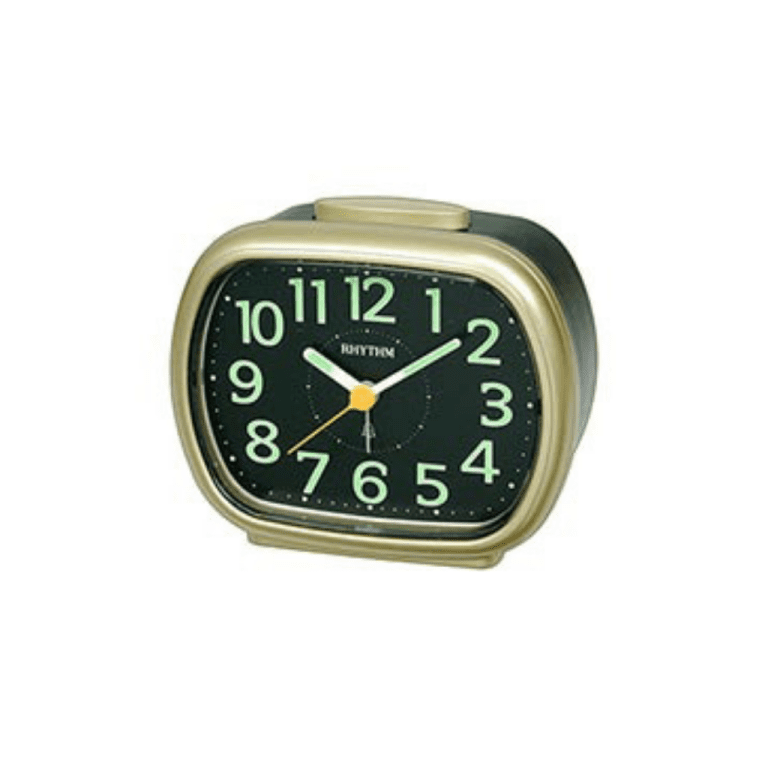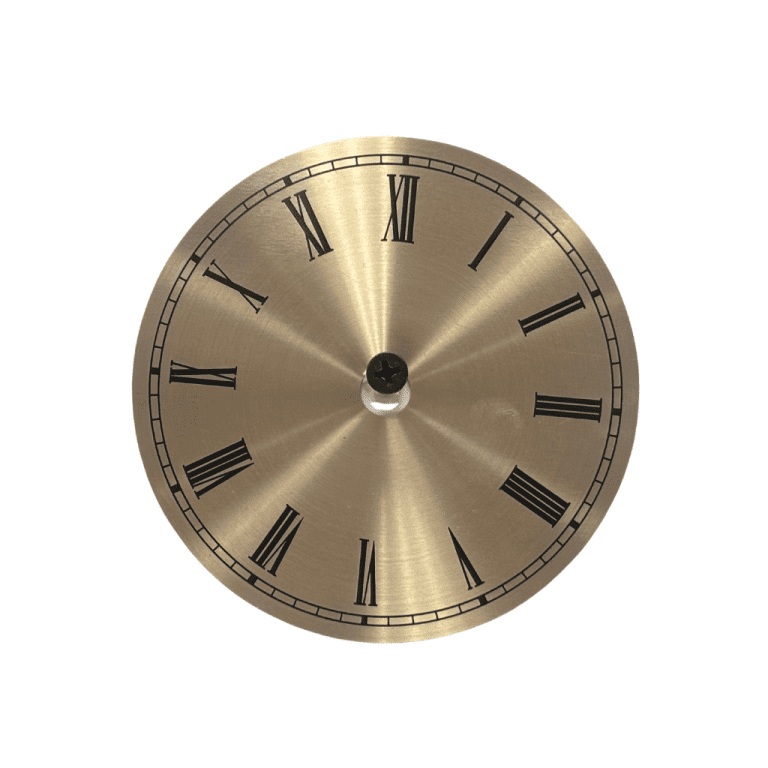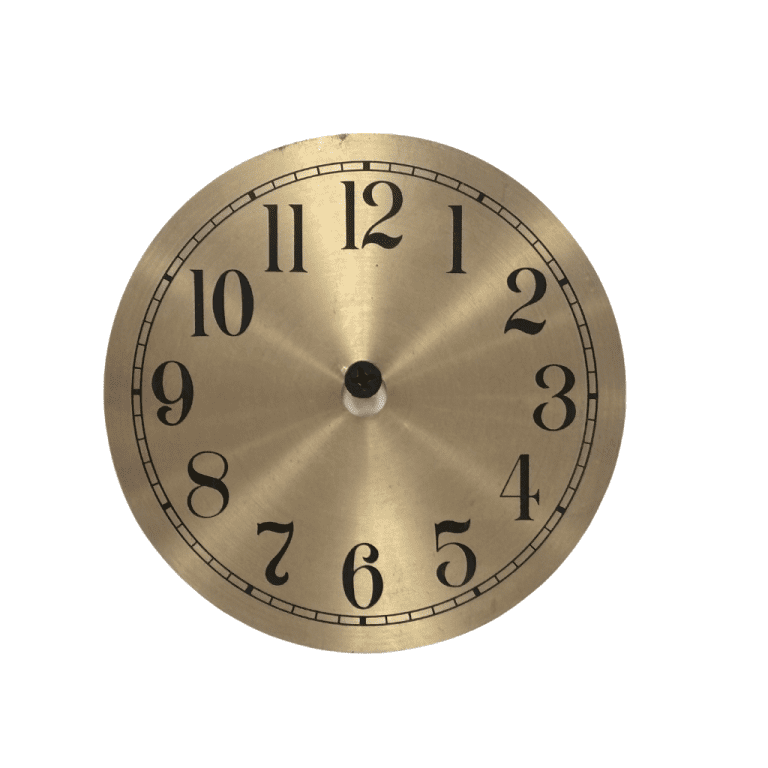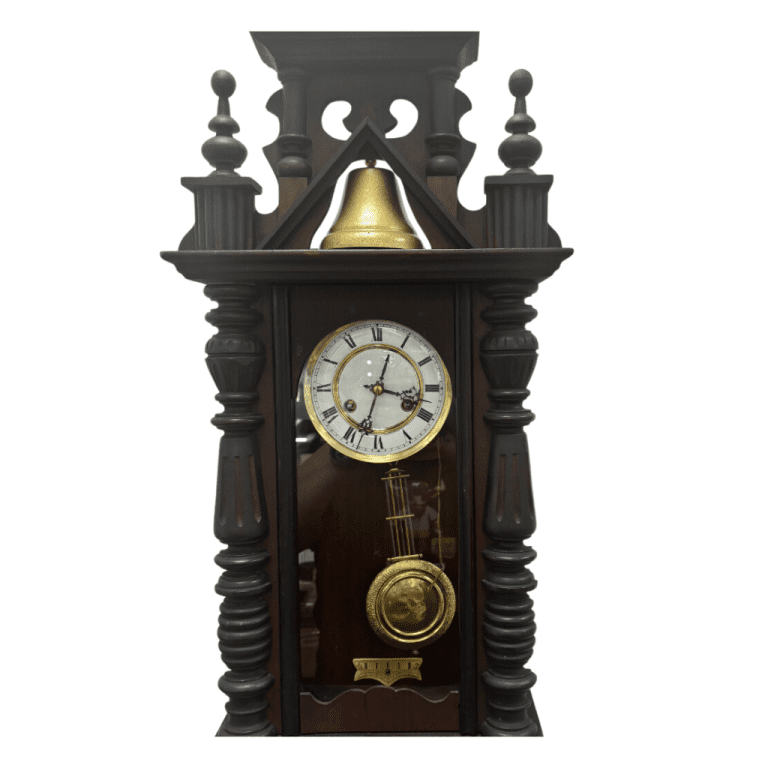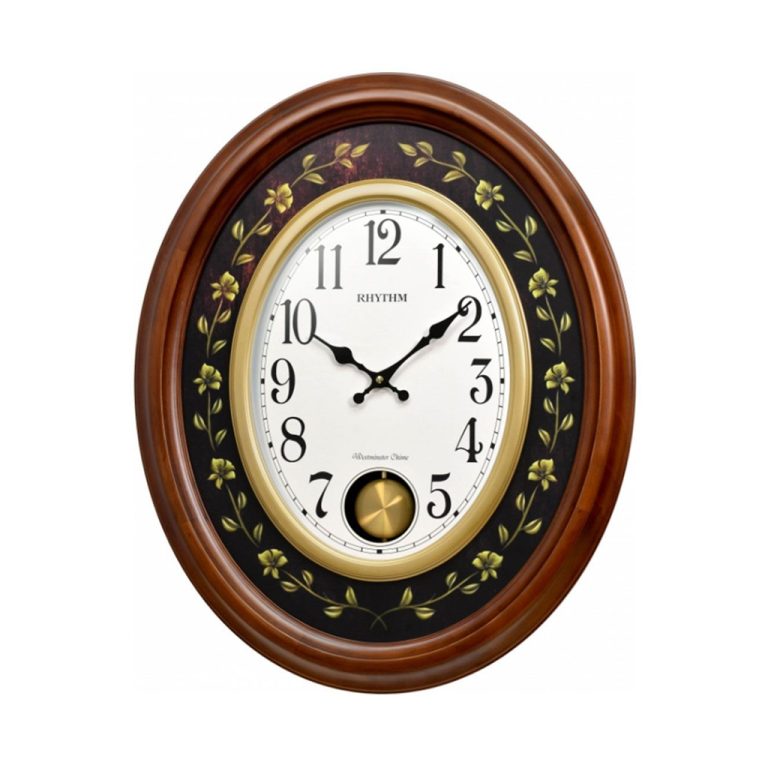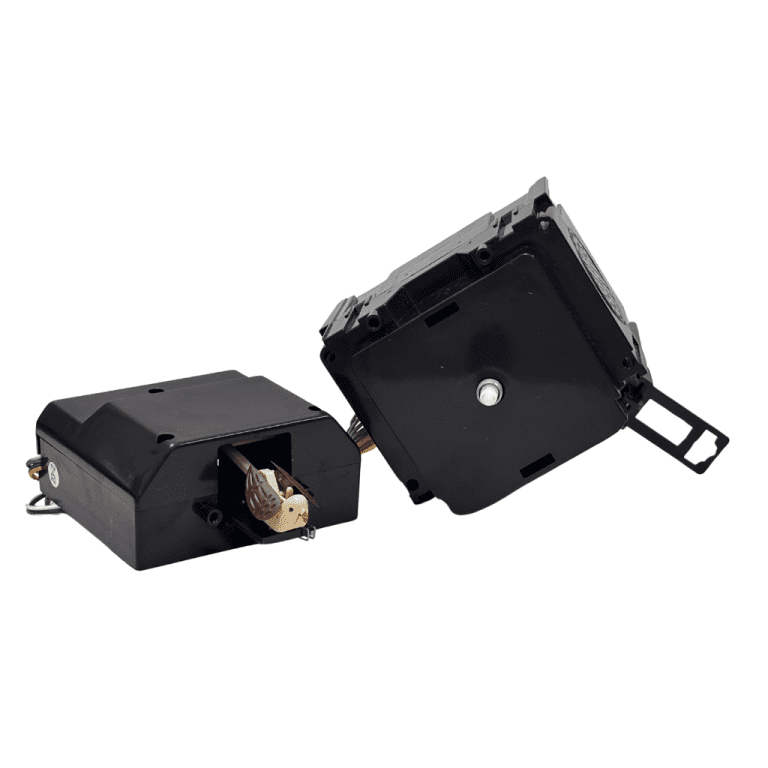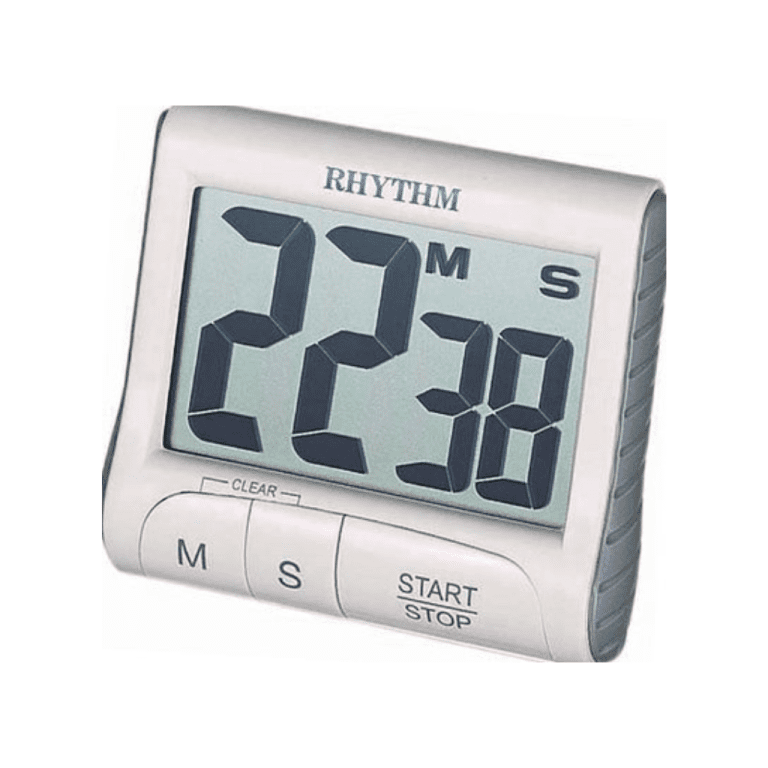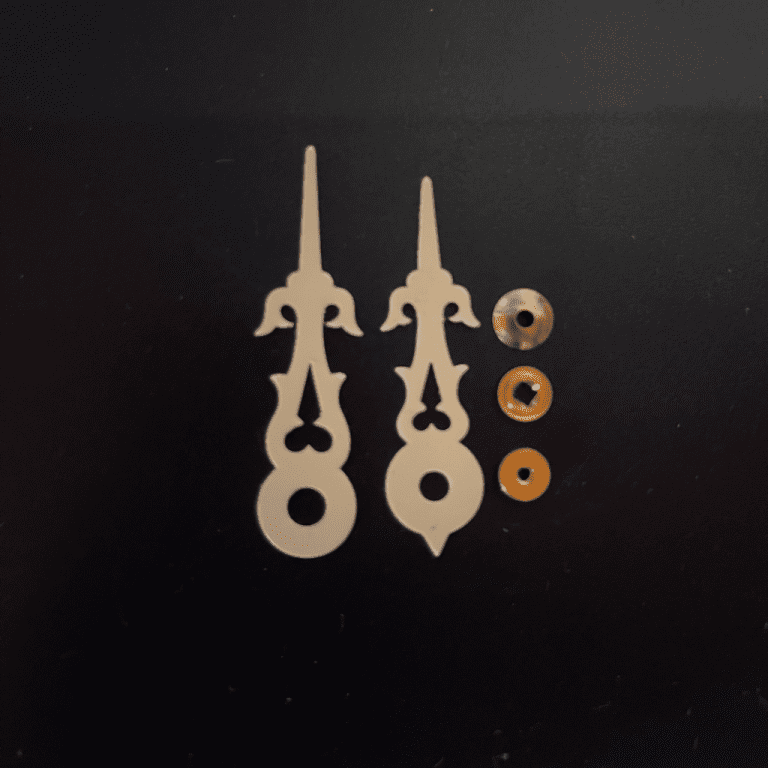The sound of a grandfather clock chiming is just one of the beautiful aspects of owning such a cherished piece of history. Originally known as a longcase clock, the grandfather clock was the first timekeeper with a small-enough mechanism to make it the appropriate size for a private residence. Originally a sign of wealth since the grandfather clock could only fit into a home with a high ceiling, many of us are now blessed with clocks passed down through generations. If the clock’s timing is off and the original manual is missing, it may become necessary to adjust the weights manually.
The Four Components
Three weights and a pendulum control the timing of the grandfather clock. There are times, however, when the pendulum and weights don’t operate properly, and the clock stops. Adjusting the weights is not an easy job, but it can be done if you have the patience.
Just know that the grandfather clock’s weights are heavy, and each has a specific job. Keeping them in order will assure that your grandfather clock continues to chime through the ages. The pendulum has an adjustment screw at its base that regulates the timekeeping.
Understanding Grandfather Clock Weights
The three weights inside the cabinet of your clock and behind the pendulum are its engine, and they are tasked with specific jobs. The left weight powers the hour and the number of chimes to coordinate with the hour. The middle weight powers the pendulum, and the right weight powers the melody you hear. At the base of each weight should be an “L,” “C” or “R” to indicate the order of placement.
Operating a Grandfather Clock
Grandfather clocks require little maintenance. Dust and dry coils affect the timekeeping, so they should be cleaned. However, they can go 10 years without you having to call for a clock specialist. Keeping the clock level, winding the clock gently every week and making sure the chiming action is activated keeps the weights in working order.
Starting the Engine
A grandfather clock must be wound in order to operate. Keep an eye on the height of the weights and wind the clock every seven days. A clock can be overwound, resulting in the weights being stuck in the highest position.
When this happens, gently move the minute hand past the quarter hour and listen for the chime. This should release the weight. When winding, be sure you can see the top of the weight and then stop to avoid overwinding.
Dropping the Weights
If the clock is not wound, the weights drop to the lowest level, and the clock stops. This is the easiest way to let the weights down without having to open the clockworks. If you need the weights lowered immediately, advance the minute hand, wait for the chime and continue until the weights are at the bottom of the case. Wear cloth gloves when handling the pendulum and weights.



